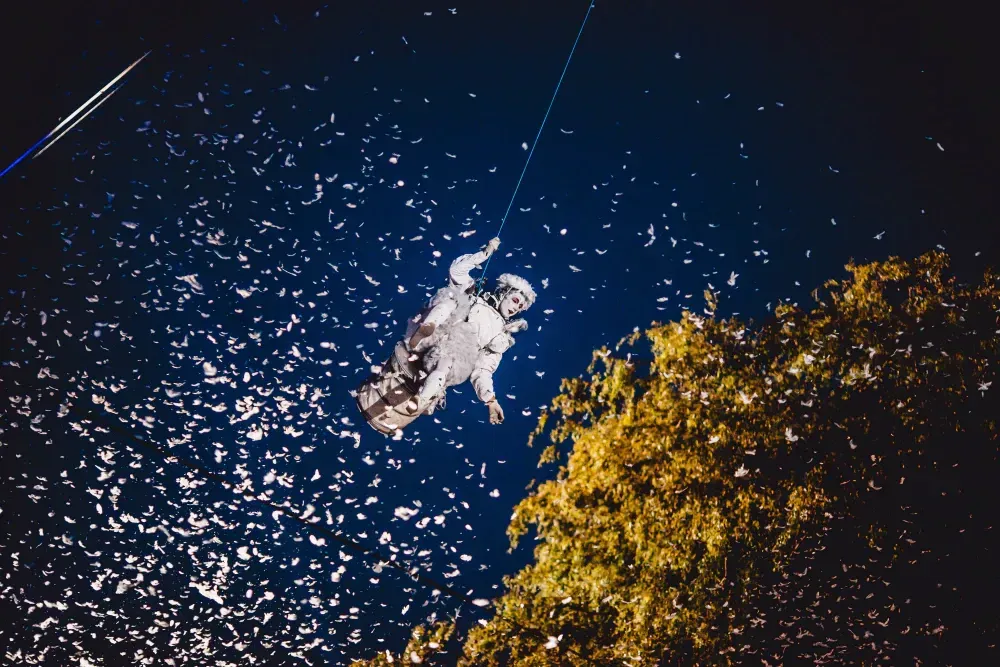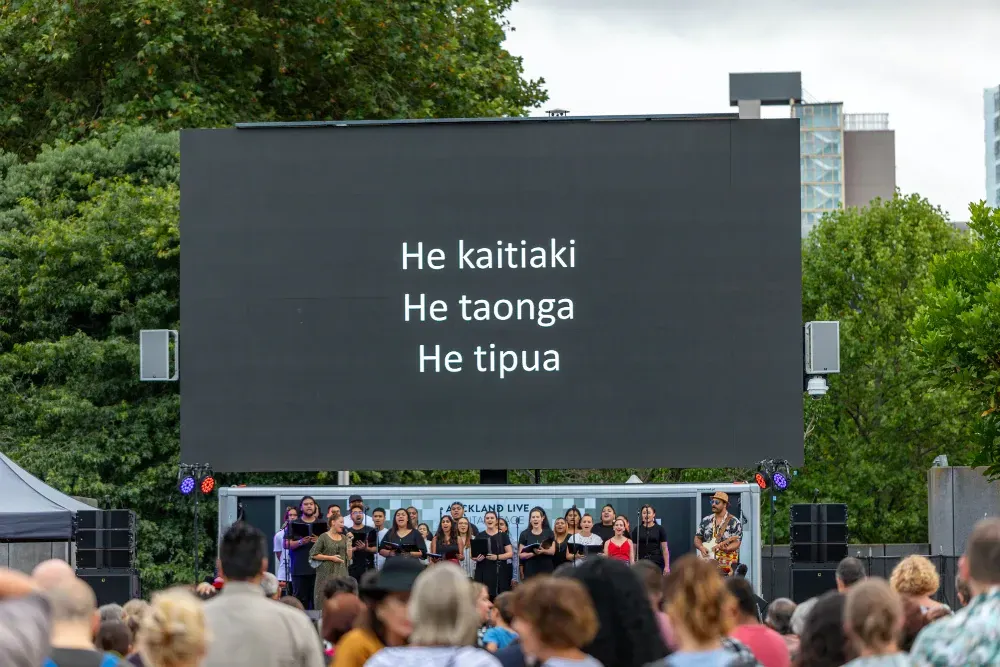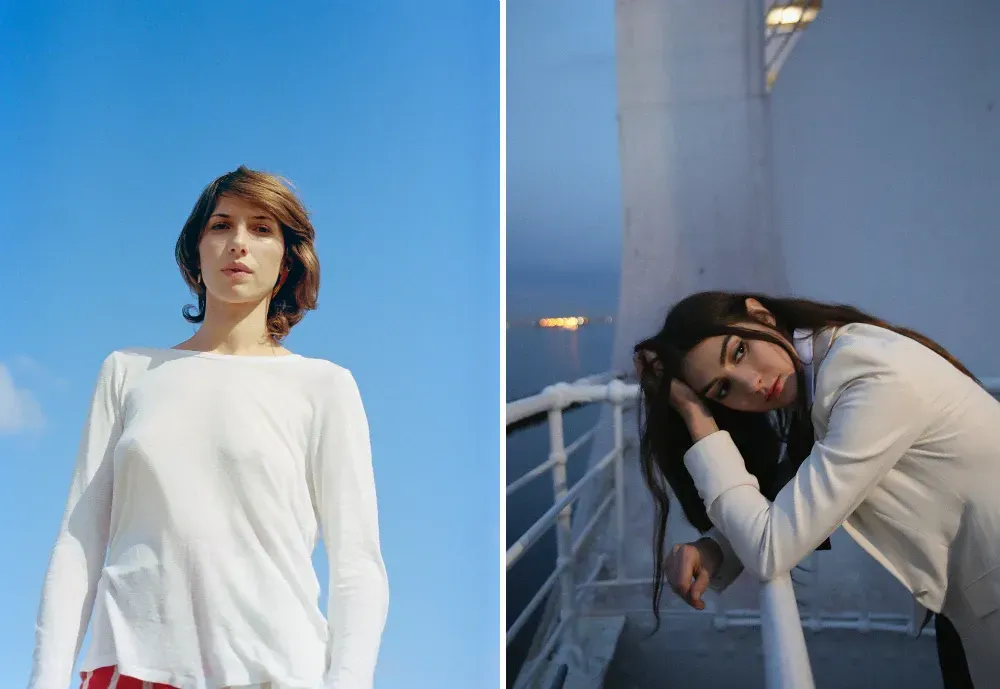The Inns and outs of the Auckland Arts Festival
Written by
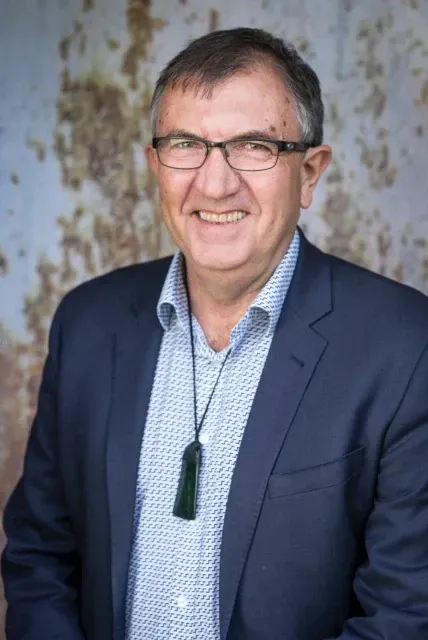
This story was originally published by our friends at Arts Regional Trust.
In a bustling city like Auckland, standing out from the crowd can be difficult for any industry. Yet even amid all the competition for attention, come the month of March, the Auckland Arts Festival (AAF) is the hottest ticket in town.
On the face of it, 11 months of hard toil for just a matter of weeks in the spotlight may not seem like the most gratifying scenario. Chief Executive of Te Ahurei Toi o Tāmaki Makaurau/Auckland Arts Festival, David Inns wouldn’t have it any other way.
“Arts and entertainment is a dynamic industry. It’s not a predictable day, that’s for sure,” Inns says. “The reward is that 3 weeks that the festival’s on, you see the audiences and you get the artists here, who are often quite amazed by Auckland and New Zealand.”
David Inns knows Festivals. He possesses a stacked CV that includes experience with Taranaki and WOMAD, as well as both the main and Fringe Festivals in Edinburgh and seven years in a range of roles at the New Zealand International Arts Festival in Wellington, including Chief Executive. But his impression on the AAF has been most significant.
It’s not a predictable day, that’s for sure.
“I believe in education and the chance to grow the festival in Auckland. It was a young festival when I came here in 2009. The first programme I was involved in really was from 2011 onwards.”
And there has been significant growth in that time, not in the least the evolution from being run every two years to an annual event from 2015 onwards – making 2020 Inns’ seventh AAF. Longstanding relationships with international counterparts, in particular strong connections to the Perth and Adelaide festivals, is a cornerstone of AAF’s ability to deliver consistently ambitious line-ups.
While some would argue AAF has helped forge a case for Auckland becoming the arts capital of Aotearoa, Inns has no interest in competing – in fact, he prefers to work with his peers around the country rather than against them.
“I admire all of them to be honest. We support each other and when you’re a bigger festival like us, with a permanent path, you can help across the spectrum a lot.
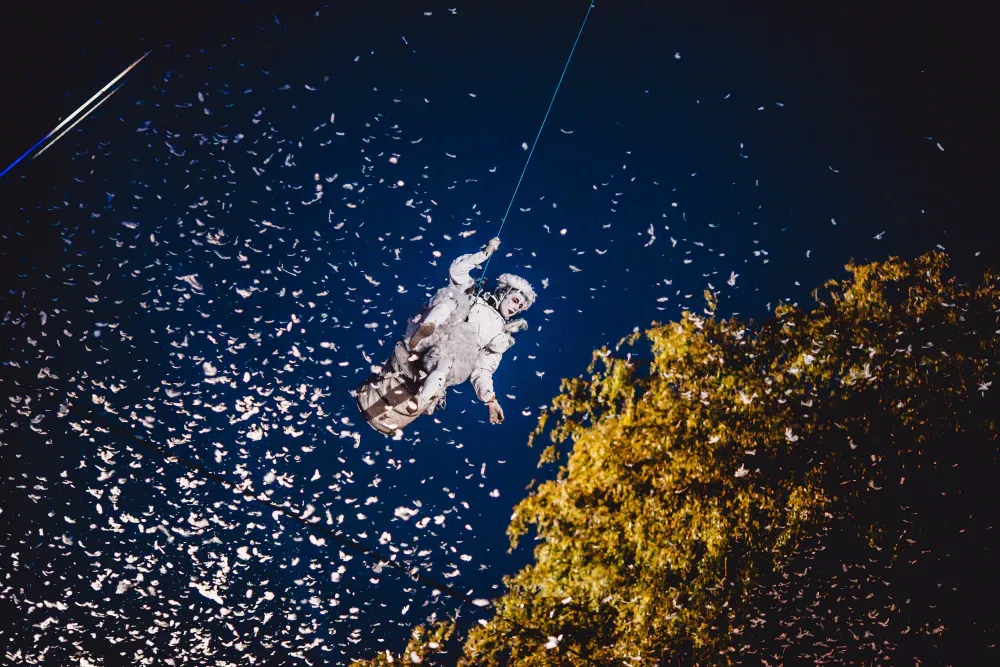
Place des Anges. Photo: Tom Arran.
“What festivals do is celebrate the place they’re in. The fact there’s a lot of things happening in a short time creates a special experience. They’re all great and important for what they do.
“Festivals are in many ways the same. I guess what we do differently is just shape it for Auckland. We have a programme that reflects Auckland both in its geographical spread and its diversity, that’s in terms of ages as well.”
“We have a programme that reflects Auckland both in its geographical spread and its diversity, that’s in terms of ages as well.”
This year’s Festival is testament to that geographical spread – refusing to be confined to the hub of the CBD and its established theatres and galleries, venturing to the west with Titirangi and Piha, to the north in Takapuna, to its most eastern point on Waiheke Island and south to Ōtāhahu.
The reference to diversity isn’t just lip service either. 2019 saw AAF make a clear and bold declaration to play an active part in the celebration, protection and promotion of te reo Māori, under the philosophy Ko te Reo te taura here I te tangata - Language brings people together.
The Toitū Te Reo programme will ensure that Māori is heard, seen and felt on each day of the festival, from immersive music events, performances in schools and even a stand alone app.
Inns is particularly proud of the Whānui programme. “Whānui is led by our diverse communities in collaboration with established artists. It’s free, it’s interactive, and they pop up all around Tāmaki Makaurau each year.
“Last year the focus was on Te Reo Māori and normalising that. This year, our projects are based in Mt Wellington area and one out in Māngere, all those progammes are aimed at audiences to engage in arts.”
That’s a common theme when speaking with Inns; inclusiveness. While art festivals have traditionally only been strongly attended by those already in the know, AAF is constantly finding ways to break down the demographic barriers and stereotypes.
“Everyone sits in our target market, there’s no question about that,” Inns says. “We’ve developed a programme to broaden our audience.
“We actually have a member of staff whose whole job is to work with the access inclusion community. They work with communities including deaf and hard of hearing, blind, people with sensory disorders to align the programme with those communities and make sure the things we provide are the things those communities actually want to see. The shows they select are based on conversations, not based on us deciding ‘oh, that will be good’”
And it’s made an impact – the programme’s grown up to 900% in the last three years and won the the Arts Access Creative New Zealand Arts For All Award in 2018.
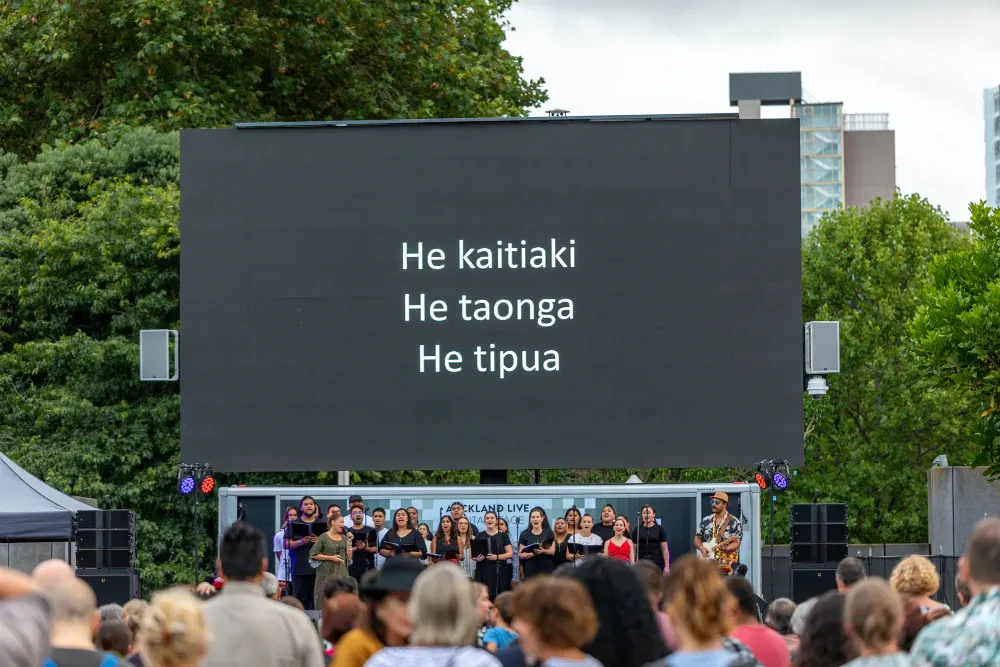
That holistic approach to making AAF a festival for all Aucklanders also means putting people over profit. Access tickets are set at $20, no matter the regular price of the event, and on any given year, up to 50% of programming can be free.
That holistic approach to making AAF a festival for all Aucklanders also means putting people over profit.
“We run ‘pay what you can’ with select community groups to get people to come to the theatre, not just the festival, Inns explains.
“It’s a long term investment. We can’t pay for the transport or the babysitter but we can provide the opportunity for people to see shows in selected community groups that otherwise would not come.”
Inns adds “when we say ‘pay what you can’, we don’t actually expect anything. It’s just people giving the gratitude to what they’ve seen, there’s no compulsion to pay.”
AAF staff spend most of their time shaping what happens in March, but also work closely to support New Zealand artists in Auckland whenever occasion arises. Inns highlights performances in and around the 2011 Rugby World Cup, as well as 2017’s Lions tour and World Masters games as high profile examples. “We look at opportunities to showcase NZ artists, it’s part of our core business outside of the festival itself when we get a chance.”
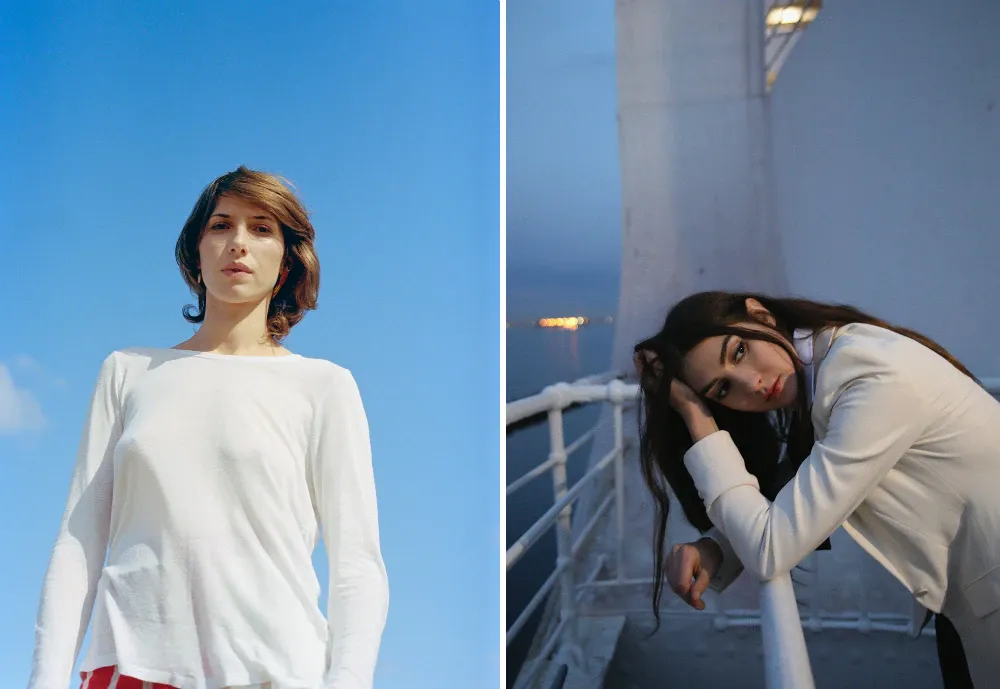
Those performing in this year's AAF include Aldous Harding (photo: Clare Shilland) and Weyes Blood (photo: Kathryn Vetter Miller)
This year’s AFF runs from 11-29 March, with the visual smorgasbord of performances and displays on offer looking as appetising as ever. Inns rattles off the many titles like a proud father listing their child’s achievements. His only hesitation is isolating a stand out feature but two were top of mind.
“There’s no doubt the big outdoor event in the domain Place des Anges is going to be super special,” Inns enthuses. “There’s angels flying in the air up to 50 metres above your head and they eventually come to earth, it’s a fantastic and very beautiful outdoor event, quite stunning.”
While that caters for performance lovers of all ages, Inns also points to a familiar fairytale, but with a dark, seductive twist - Snow White with Ballet Preljocaj (France).
“Snow White hasn’t been to NZ before, it’s been a hit everywhere it’s played. It went to Sydney and Melbourne last year, sold out audiences”. The same will be expected this year, during its limited five show run at the Kiri Te Kaniwa theatre.
For more on what’s on offer at this year’s Auckland Arts Festival, click here for the brochure.
